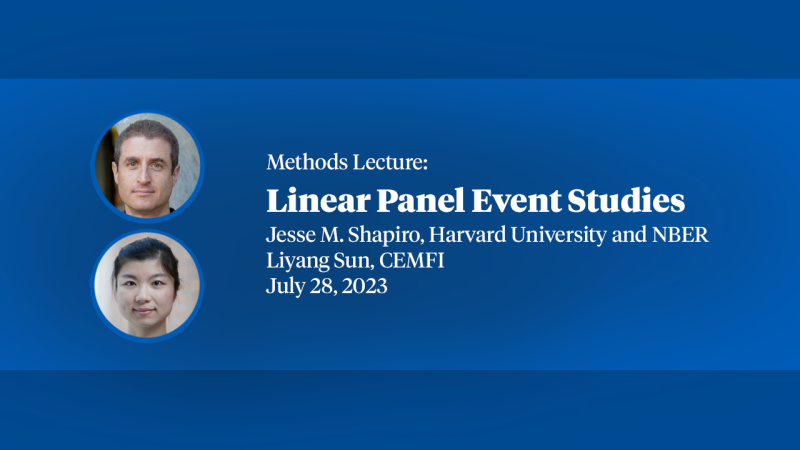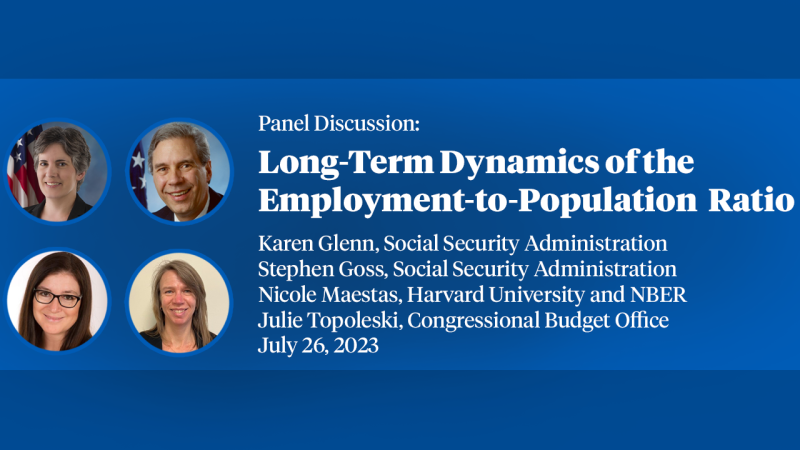Trends in the Black-White Achievement Gap:Clarifying the Meaning of Within- and Between-School Achievement Gaps
Working Paper 14213
DOI 10.3386/w14213
Issue Date
We decompose black-white achievement gap trends between 1971 and 2004 into trends in within- and between-school differences. We show that the previous finding that narrowing within-school inequality explains most of the decline in the black-white achievement gap between 1971 and 1988 is sensitive to methodology. Employing a more detailed partition of achievement differences, we estimate that 40 percent of the narrowing of the gap through the 1970s and 1980s is attributable to the narrowing of within-school differences between black and white students. Further, the consequences for achievement of attending a high minority school became increasingly deleterious between 1971 and 1999.


